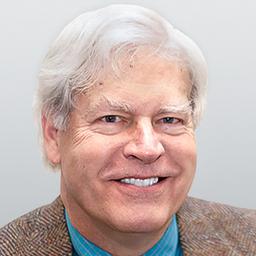Commentary
How does one measure the magnitude of an event such as the horrific blaze that destroyed much of the Notre Dame cathedral in Paris? For me, top-tier tragedies are the ones that strike me with such force that I know I will always remember where I was when I learned about it.





